 INDIA VEGETARIAN COOKBOOK Table of ContentsINDIA CULTURE India is famous all over the world because of its culture. Different cultures thrive in India from north to south and east to west. India has received the crown of unity in diversity around the world only because of its culture. Any country is recognized by its culture. Culture means the way the people of that place live there and spend their lives. The main thing in the culture is how the people there dress, what they eat, how they worship and what is the language of talking among them.
INDIA VEGETARIAN COOKBOOK Table of ContentsINDIA CULTURE India is famous all over the world because of its culture. Different cultures thrive in India from north to south and east to west. India has received the crown of unity in diversity around the world only because of its culture. Any country is recognized by its culture. Culture means the way the people of that place live there and spend their lives. The main thing in the culture is how the people there dress, what they eat, how they worship and what is the language of talking among them.
India is identified with the same cultures that take a new form every hundreds of kilometers. People of different religions live in India, who belongs to many castes. Every Indian follows his culture and carries it forward. Indian culture is one of the oldest civilizations in the world. The Indus Valley or Harappan civilization flourished in India from 3300 BCE to 1300 BCE. In India, people of different origins live in peace and with love.
Indians celebrate many festivals together whether it is Diwali, Christmas, Guruparva or Eid. Every person in India respects the religion of another person. Living together is a wonderful art of the people of India, every person in the country gets complete freedom and the opportunity of equal status is realized. Through this article, we will look at some important links related to the culture and civilization of India. FESTIVAL People of different religions live in India who follows different customs. Many festivals are celebrated in every religion.
In India, everyone is in the sorrow and happiness of others, and celebrates their festival with enthusiasm. RELIGION There are mainly four religions in India, which include Hindu, Muslim, Sikh and Christian. Many other religious people also live in India; those religions are Jainism, Buddhism, Ambedkarism etc. India is a country where people of all religions live together in love and goodwill. All people respect each other's religion and customs and live in harmony with goodwill. Hinduism - This is the oldest religion in India and this religion started from India itself.
This is considered the highest religion in India. Most of the sacred places of Hinduism are located in India. In Hinduism, worship is done in temples. Hindus consider the Gita to be a holy book. About 80 percent people in India believe in Hinduism. Muslim religion - Peace religion in India is also widely believed by people in Islam.
This religion is also a major religion in India. Those who follow this religion, offer prayers in the mosque. India has the highest mosque in the world. Muslims consider the Quran as a holy book and follow it. About 13-15 percent of Indians are Muslims. Christianity - Saint Thomas preached Christianity in India.
The Bible is read in this religion. A large population in India follows this religion. This religion is worshiped in the church. Sikh - Gurugranth Sahib is worshiped in Sikhism. Guru Nanak Sahib created this religion. WEDDING There are basically two types of weddings in India. WEDDING There are basically two types of weddings in India.
Love marriage or coherent marriage. The practice of consistent marriage has been going on for a long time in India. Marriage is decided by parents in a coherent marriage. In this marriage, there is not much contact between the boy and the girl before marriage. The practice of love marriage has started in India after modernity. In such marriages, boys and girls choose for themselves the spouse.
In this era of modernity, most Indians are adopting this marriage. Some main buildings of India India is a country of differences, where there is also natural variation. Many buildings in India have been declared as World Heritage by UNESCO. These include buildings across the country. Taj Mahal - Taj Mahal is located in Agra, Uttar Pradesh state. This palace was built by Shah Jahan in memory of his begum.
Taj Mahal is one of the biggest places to visit around the world. Taj Mahal is made of marble. It is part of the Seven Wonders of the World. Great Himalayan Park - This wonderful park is located in the state of Himachal Pradesh. This park is established in the highest mountain of OD. Elephant Cave - These caves are found near the place called Shirdi in Maharashtra.
This cave is a giant and was built by human hands. LANGUAGES In our country it is believed that water changes every thousand meters and language changes with water. Many languages are spoken in India. In which Hindi language is spoken almost all over India. Almost every state in India has a different language. There is a glimpse of the culture of India in every language.
Sanskrit language is one of the ancient languages of India. Apart from this, India is home to languages like Punjabi, Urdu, English, Marathi, Malayali, Tamil, Assamese, and Kannada. COSTUMES Every state, every religion wears costumes according to its civilization. There is a different traditional type of clothing everywhere in India. Indian people wear both foreign and native clothes. When a child is born, it is worn with a cloth that can cover its entire body.
This type of cloth is called diapers. Traditional costumes of India include kurta pajamas, sarees, suits etc. The sari is a female garment which is about six meters long. In India, this garment has been trending since men and it is considered to be the most comfortable garment for women. Indian saris have a different influence all over the world. Every foreign woman who comes to India once wears a sari.
There are many types of sarees in India such as Banarasi, silk sarees etc. Women wear this garment on festivals and special days. Kurta is famous in India for men, which is worn with lungi. The lungi is wrapped around the body. FOOD AND DRINK Every state in India has a special mode of catering. Every type of food is available in India, whether it is chili or sour.
Different types of food are available in all four directions of India. The method of preparing every food in the country is different. Indian food is the most different in the world. There is a belief in India that if food is made with love, its taste is different. Every corner of India will have a different taste of food; there are no two places where the food tastes the same. Spices of India are well-known all over the world.
Indian cuisine has different types of dishes in every direction. Every festival has a different type of dish in our country which is very breathtaking. RITES AND CUSTOMS In India, elders are respected by touching their feet. In India, their feet are greeted by greeting their elders. Blessing of the big bourgeois is taken before doing some important work and on festivals and important days. After waking up every morning, the elders are greeted by touching their feet.
In our country, the conversation starts with a Namaste, it is considered a symbol of respect. Fasting - The tradition of India involves fasting. Fasting in Hindu and Muslim religions is considered sacred. In Hinduism, some festivals are fasted such as Janmashtami, Shiva Ratra, Navratri and Karva Chaith. The fast of Karva Chaith is kept for the long life of the husband, in which women fast without eating anything. The same fast is kept in the Muslim religion, in which fasting is to be observed during the month of Ramadan.
In India, it has been said that the guest should be served whole heartedly. WAY OF LIVING There have been joint families in India since old times, but during this change people have started living in the original family. India is a country which is bringing change in itself over time. Joint family and parent family have their own importance and both are very important for our society. Joint family - Many generations of people live together in this type of family. Mostly three to five generations when living together and the eldest senior member is the head of the family.
Next page

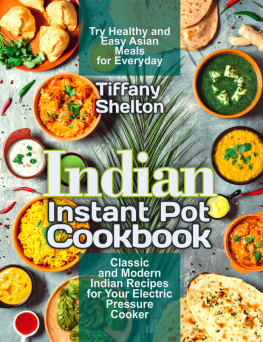
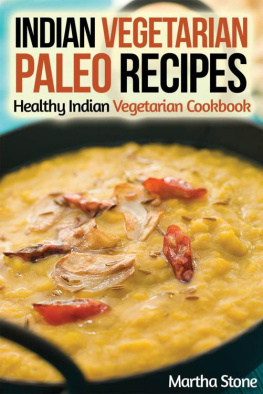

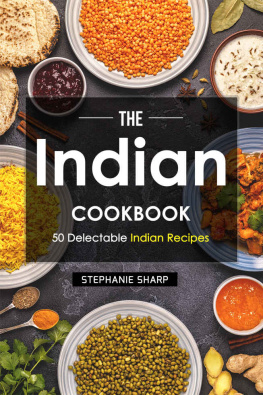
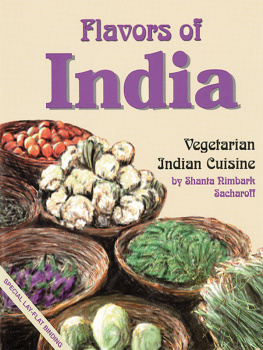
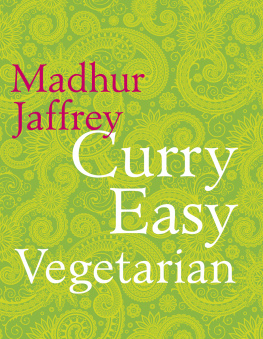
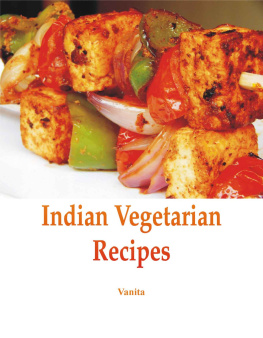
 INDIA VEGETARIAN COOKBOOK Table of ContentsINDIA CULTURE India is famous all over the world because of its culture. Different cultures thrive in India from north to south and east to west. India has received the crown of unity in diversity around the world only because of its culture. Any country is recognized by its culture. Culture means the way the people of that place live there and spend their lives. The main thing in the culture is how the people there dress, what they eat, how they worship and what is the language of talking among them.
INDIA VEGETARIAN COOKBOOK Table of ContentsINDIA CULTURE India is famous all over the world because of its culture. Different cultures thrive in India from north to south and east to west. India has received the crown of unity in diversity around the world only because of its culture. Any country is recognized by its culture. Culture means the way the people of that place live there and spend their lives. The main thing in the culture is how the people there dress, what they eat, how they worship and what is the language of talking among them.